PCIe 4.0 with a new and cheaper concept: MSI SPATIUM M450 NVMe M.2 SSD 1 TB Review
Test system and test preparation
I use the usual suspects like CrystalDiskMark and Atto to check the theoretical information from the specs. However, I do not make it easy even for these programs, because the SSDs were written to several times with about 66% of the storage space. The XLR8 from PNY used for comparison has roughly the same read and write utilization. Thus, these are not brand-new SSDs, but rather everyday goods that have already been worn down. Let’s see what remains of the theory in everyday life after wear and tear. The SSDs under test are located in the second NVMe slot of the motherboard and are not used as a system disk.
In addition, I use AJA as an everyday test to simulate the encoding of larger Ultra HD video streams and the SPECwpc storage test, which contains a lot of real applications and it will be interesting to see what performance is left for the large workloads. However, I picked out the applications with the biggest differences and loads as examples here. The whole thing runs on my current small workstation with the Ryzen 9 3950X and the MSI MEG X570 Godlike along with 32 GB DDR4 3600.
I have also summarized the individual components of the test system in a table:
| Test System and Equipment |
|
|---|---|
| Hardware: |
AMD Ryzen 9 5950X |
| Cooling: |
Alphacool XPX Pro Alphacool Eiswolf (modified) |
| Case: |
Raijintek Paean |
| Monitor: | BenQ PD3220U |
| Thermal Imager: |
1x Optris PI640 + 2x Xi400 Thermal Imagers Pix Connect Software Type K Class 1 thermal sensors (up to 4 channels) |
| OS: | Windows 10 Pro (all updates, current certified drivers) |
Step 1 – Sequential performance of used SSDs
If you compare some reviews that seem to have tested almost exclusively with new goods, the used and data-filled SSDs fall a bit, but not strongly. The CrystalDiskMark is the typical classic there, which also does not even really scratch the pseudo-SLC cache. As such, this is more for the gallery and smaller amounts of data written at a time. The data roughly corresponds to the specifications, even after writing 2/3 several times. That’s good.
ATTO is a bit more demanding, but even here the test is not enough to bring the pSLC cache to its knees. In return, reading is now quite a bit faster, while writing suffers slightly.
Danke für die Spende

Du fandest, der Beitrag war interessant und möchtest uns unterstützen? Klasse!
Hier erfährst Du, wie: Hier spenden.
Hier kannst Du per PayPal spenden.















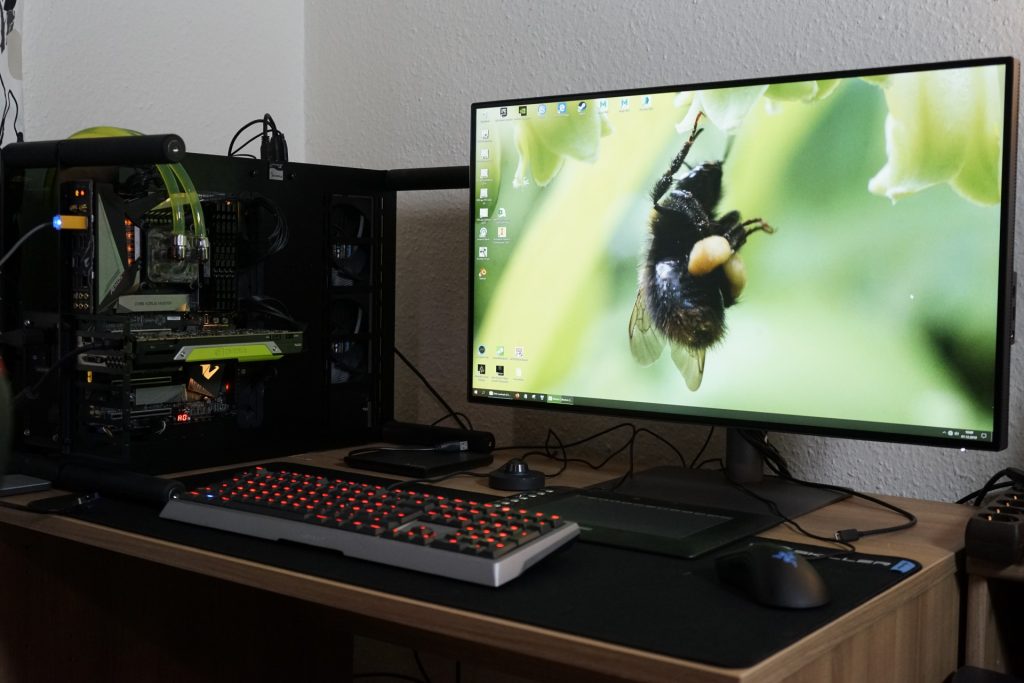
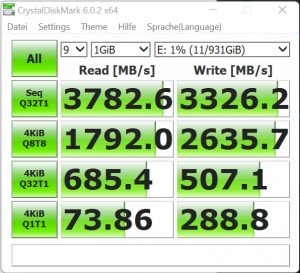
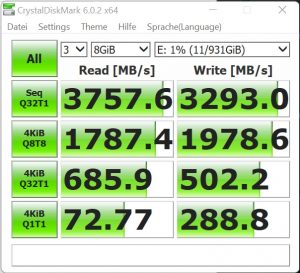
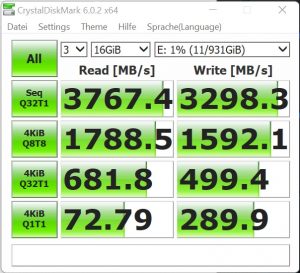
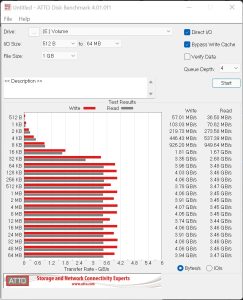
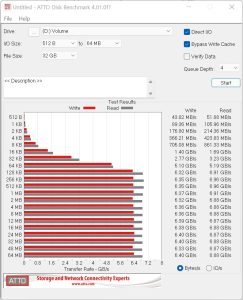
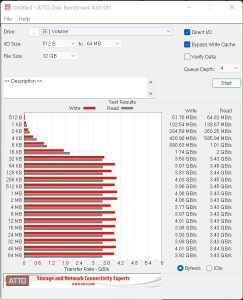

















7 Antworten
Kommentar
Lade neue Kommentare
Mitglied
Veteran
Mitglied
Urgestein
Veteran
1
Neuling
Alle Kommentare lesen unter igor´sLAB Community →